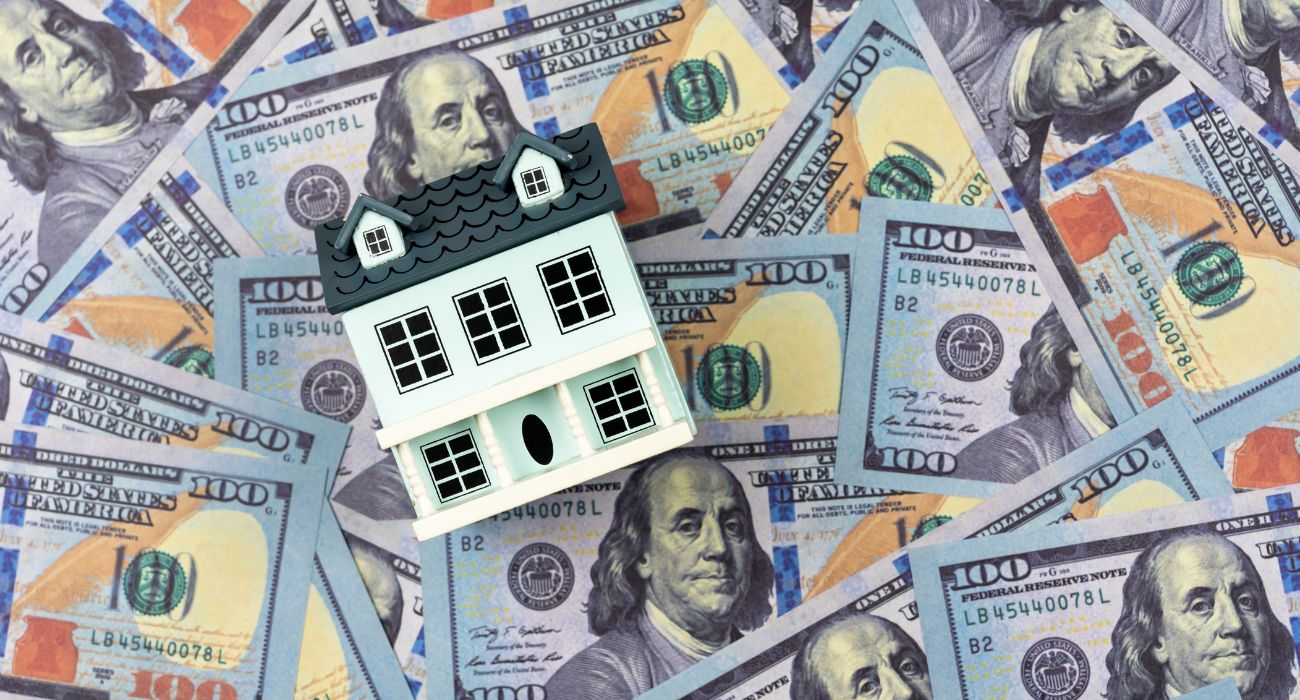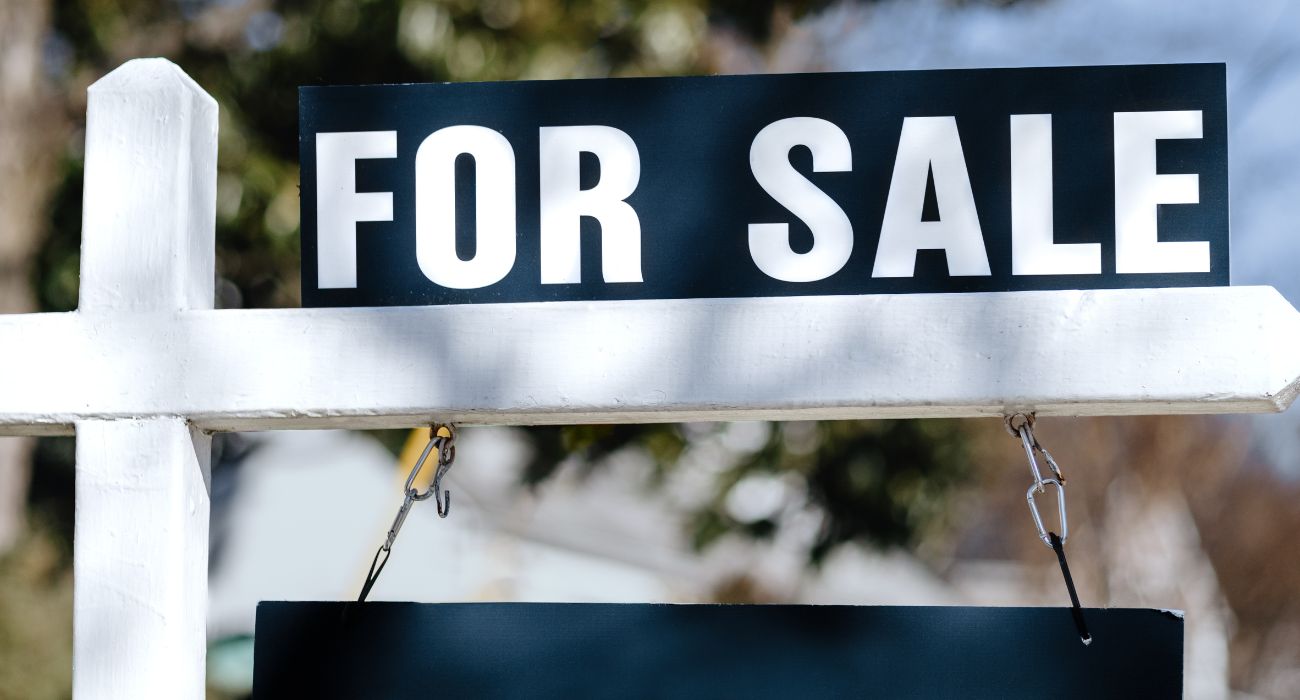The Texas Association of Appraisal Districts (TAAD) announced to Texans that their homestead appraisals will rise by 20 to 50% this year.
The Dallas real estate market and demand for rental units are increasing significantly due to robust inbound population growth, an above-average population of millennials, and a thriving economy. Real estate investors are fascinated with Dallas for its quaint suburbs, big-city excitement, job opportunities, quality of life, and warm climate.
A report issued by The Dallas Morning News indicated that, in November 2021, home prices were 18% higher than in 2020.
Further, a study conducted by the Texas Real Estate Research Center at Texas A&M University found that the average home price increased by about 21% from January 2021 to December 2021 for both new and existing homes. That figure represents a 47% increase compared to the statistics within the same period in 2019. The study noted a 4% decrease between December 2021 and January 2022.
Homes’ listed prices are increasing due to their dwindling supply, as evinced by “months of inventory,” which refers to the number of months it would take to sell available homes at their current prices. The months of inventory a decade ago were five times greater than they are in 2022. Reports show that in January 2022, there were 1.2 months of inventory.
In addition, local zoning regulations contribute to rising prices in some areas of Texas. Due to strict zoning laws in Austin, the price of a home there is exceptionally high compared to Houston, where the zoning laws push down building costs.
“The Texas real estate market is growing as fast as we have ever seen it in the state’s history,” said the president of TAAD and the chief appraiser for the Williamson County Appraisal District, Alvin Lankford. “We have all seen the countless stories about people moving to Texas from other states. This increase in population contributes to a shortage of homes available and the increase in prices paid for homes.”
Lankford’s appraisal territory, Williamson County, is witnessing a 40 to 50% increase in the property’s value as the growth of the population increases. Lankford said that it is widely understood that the price of real estate is increasing due to low supply and high demand in the housing market.
In this case, the prices are rising due to the cost of building materials and delayed shipments. Lankford said, “Builders have been charging more for houses, right now about 20 to 25% more.”
Still, increases in property taxes are not usually proportional to appraisal increases.
The appraised value of a property can only rise by 10% from the previous year if the owner has a homestead exemption from the state.
Property tax exemption applications are submitted to the appraisal district in which the property is located. Chief appraisers of appraisal districts are the only ones who can determine whether a property qualifies for an exemption. Exemptions can be partial or total, excluding either part or all of a property’s value from taxation.
Property owners can also protest their home’s value with the appraisal district to prevent the escalation of property taxes.
Additionally, caps are put in place to limit how much additional revenue the government can collect from property taxes without getting voters’ approval.
James Quintero, the policy director for the Texan Public Policy Foundation’s Government for the People Project, noted that local governments can help keep taxes in check.
“Soaring valuations don’t have to mean big tax increases, but it’s incumbent upon local officials to adopt lower tax rates and enact other taxpayer protections,” he said.






